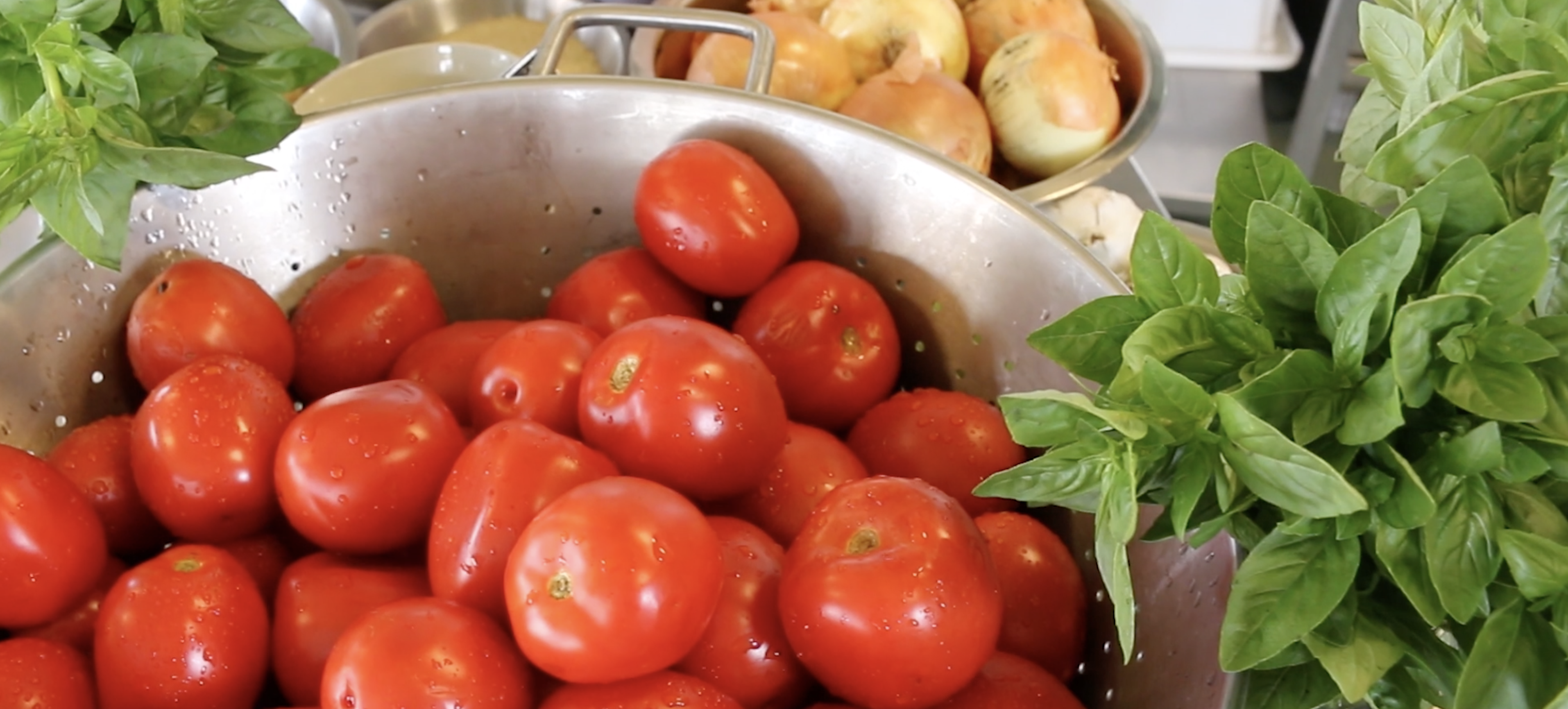They’re our favourite fruit – yet most tomatoes are left to rot. Caitlyn Hurley reports on Australia’s food waste epidemic.
They’re an essential ingredient of spaghetti bolognaise, and of the sauce that tops our meat pies. Australians eat, on average, 21 kilograms of them a year. Yet up to 84 per cent of undamaged, edible tomatoes are left unpicked because they are not a “perfect” size or shape, or so retailers believe.
Those left rotting in the field are symptoms of a wider food waste epidemic. In Australia, four million tonnes of food ends up in landfill every year.
That’s not just a waste of good food; the energy used in production, harvesting, transporting and packaging generates planet-warming greenhouse gases. Australia’s Climate Council quotes figures suggesting that, by 2050, up to 14% of emissions from agriculture could be avoided through better management of food use and distribution.

A lot of waste can be attributed to consumers’ desire for unblemished fruit and vegetables, including tomatoes, Australians’ favourite fresh produce after potatoes.
But it’s not just waste that afflicts tomatoes. Many argue that our favourite fruit – yes, it’s a fruit – simply doesn’t taste how it used to. “Some of them are like bloody cricket balls,” jokes avid seed collector and gardener Keith Edwards.
“The main varieties are bred to look red before they are ripe, meaning they travel well and people want to buy them as they look appealing. Supermarkets have less loss too, because they don’t get bruised or messed around in transit as easily.”
Mr Edwards is a member of The Diggers Club, Australia’s largest gardening club, and is proud of the club’s research into heirloom variety tomatoes. Members have spent the past decade cataloguing the yield rates, flavour profiles and seed qualities of almost all of the world’s 3,000 varieties.
He believes there is plenty to be improved on when it comes to Australian tomatoes, especially on the part of big retailers.
“We’ve lost track of what really matters when it comes to our produce. The big supermarkets are completely profit-driven, which is why we have out-of-season fruits and vegetables all year round. If you go to your local big supermarket to buy what most consider fresh, it most likely isn’t.”

That’s a reference to the controversial use of “cold storage” in modern grocery supply chains, which sees produce picked well before it is ripe and suspended at temperatures which control the ripening process of apples, beets, carrots, tomatoes and more.
Mr Edwards wants consumers to be given more information about the processes fresh food goes through.
“None of us seem to be questioning what that’s doing to us … or what the consequences may be,” he says.
Cornersmith Cafe in Sydney’s inner-west is one of a growing number of eateries that are trying to minimise both food waste and food miles. It favours in-season local produce, mindful of not only the flavour of its dishes but the impact of our food consumption habits.
The cafe’s tomato day workshops are popular with locals keen to learn how to to pickle tomatoes, preserve sundried tomatoes, and make passata and other sauces. All from local produce, of course.
“You don’t need to buy fancy Himalayan salt for your tomato pickles,” chuckles Cornersmith’s owner, Alex Elliot-Howery. “It’s so unnecessary, we are surrounded by ocean! Just use Australian products where you can.”
She believes that, in order to cut down on food waste, it’s vital that consumers embrace food with blemishes such as marks. “It doesn’t mean it’s of lesser quality … It’s natural for tomatoes to have a spot here or there.”
Like many others driven by a similar passion, she urges Australians to buy local and eat seasonally.
In the words of Anna Lappé, co-founder of the Small Planet Institute, which advocates sustainable eating: “Every time you spend money, you’re casting a vote for the kind of world you want.”
– @caitlyn_hurley, editing by Kathy Marks


